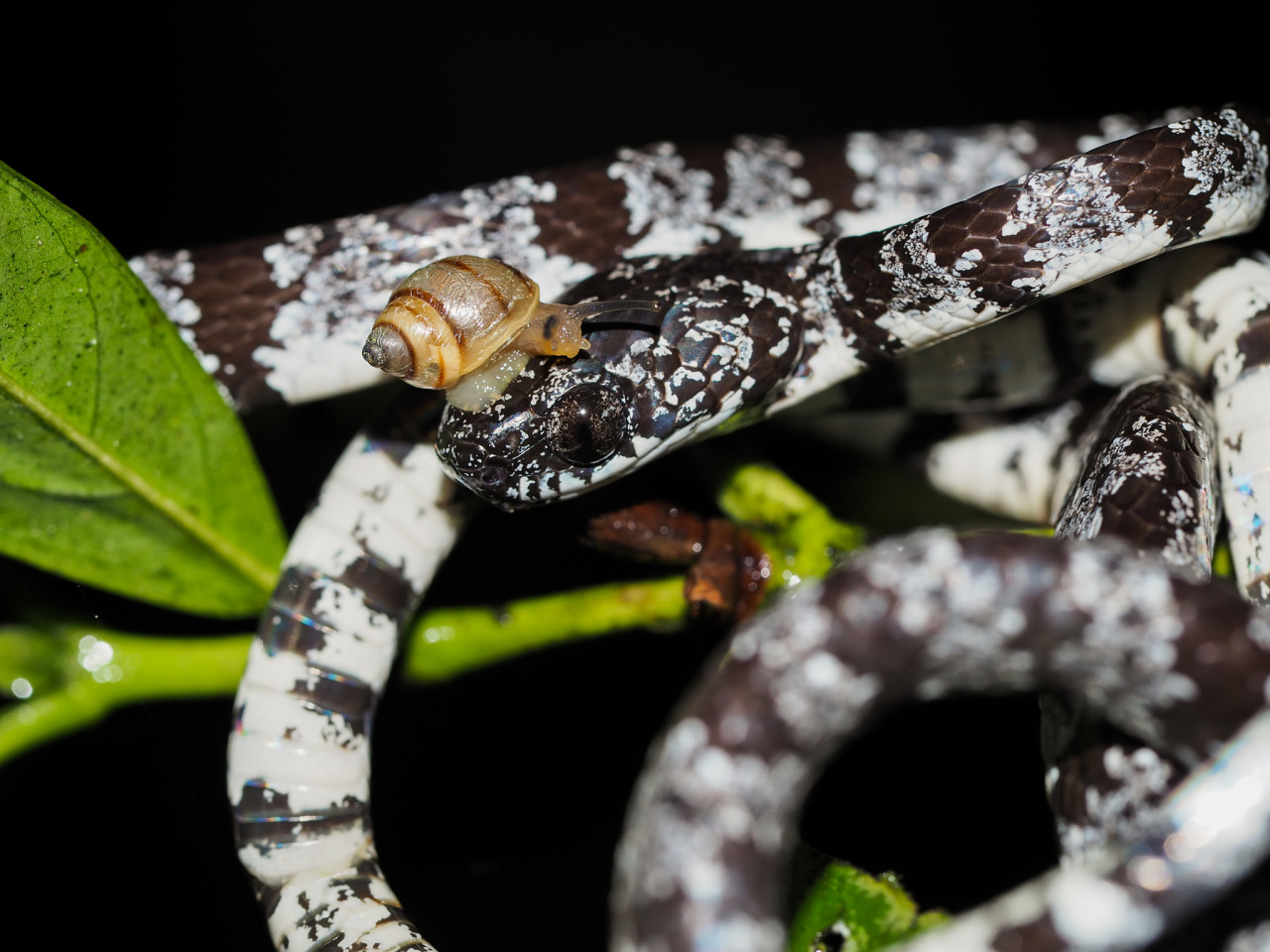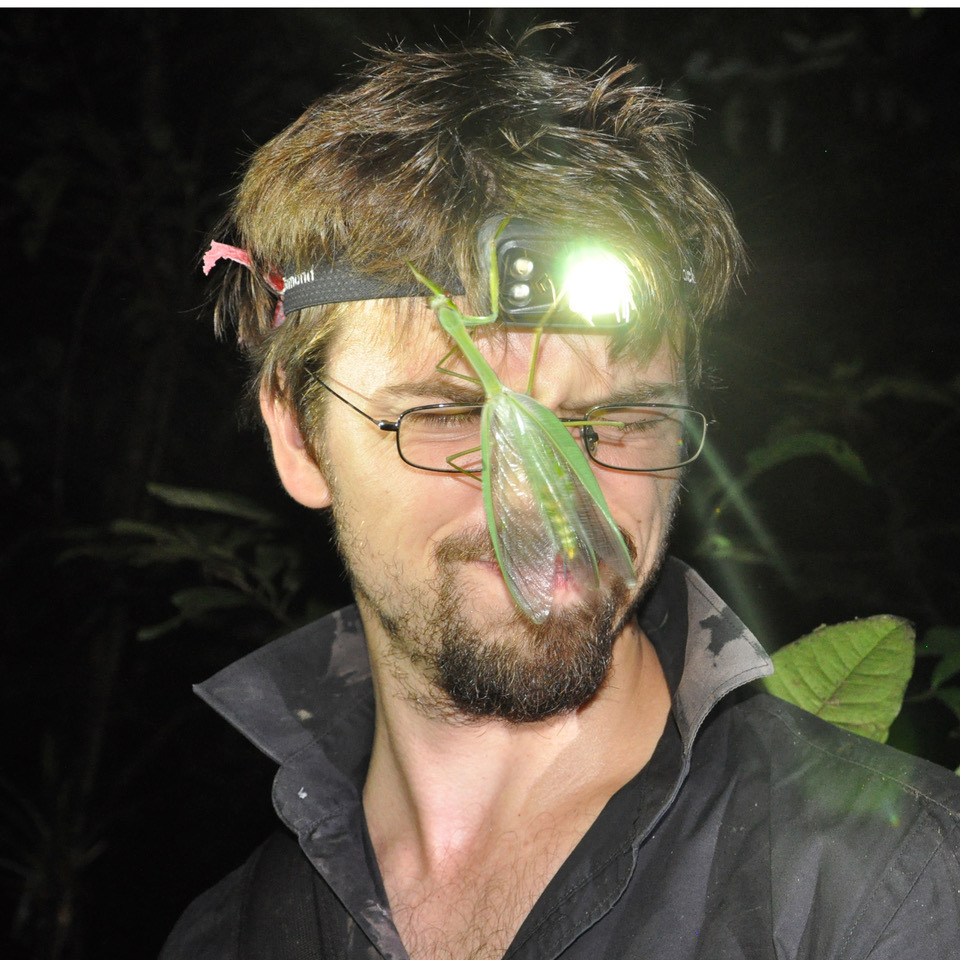Observation of the Week, 2/2/2018

Our Observation of the Week comes to us from @andriusp, and it’s this Cloudy Snail-eating snake with a (what else?) snail on its snout! Seen in French Guiana.
“I grew up in Lithuania with biologist parents and I’ve been an avid chaser of all things moving as far as I can remember,” recalls Andrius. A biologist now himself, Andrius is a research fellow at the University of Vienna (Austria), studying the behavior of Neotropical frogs. “My biggest passion remains chasing animals in the field and I’m extremely lucky that my research allow me to do just that. I spend prolonged periods of time in the field in South and Central America where I mostly study the spatial behavior of the so-called poison frogs. Actually, I just arrived in French Guiana for another 2 months of frog tracking!”
Andrius found the above snail and snake in his favorite research station in the Nouragues Nature Reserve, located in the tropical rainforest in French Guiana. Andrius recalls “we happened to find this beautiful small snake (first time for me) right on our kitchen table!” He thought the snail looked like a beret, which was fitting for a French research station, and furthermore
The scene was even more absurd and intriguing because [Cloudy Snail-eating snake] is primarily a snail-eating snake! We kept discussing whether it was a smart trick from the snake to keep the dinner for later or whether that was a daring escape strategy of a sneaky snail. We released the two “companions” on a bush next to the kitchen where I snapped these pictures.
More commonly found in trees than on kitchen tables, Cloudy Snail-eating snakes range from Mexico into South America and even onto some islands in the Caribbean, like Trinidad and Tobago. They’re nocturnal (check out those huge eyes!) and do like to hunt snails and slugs, as well as worms and other prey.

Andrius (above, with a mantid on his face) says
iNaturalist rebooted my interest in keeping records of my observations and paying attention not only to my research subjects but to all living things around me. I realised that over time I started ignoring plants, fungi, and animals that I didn’t know much about and had no easy way to identify. I was also never good at keeping well organised notes and photo catalogues of my various travels and observations. Now I’m happy once again to snap photos other very ordinary as well as extraordinary plants, fungi, and animals! iNaturalist takes care of the rest.
- by Tony Iwane
- You can follow Andrius on Twitter and check out his photos Facebook.
- Members of Pareas, genus of gastropod-eating snakes from Asia, have more teeth on their right jaw than left jaw, allowing them to eat “right-handed” snails more easily. In areas where they occur, “left-handed” snails are found to occur more frequently. How cool is that?
- Two Cloud Snail-eating Snake vidoes, a wild one climbing, a captive individual hunting and eating a snail.





Comentários
What a great observation @andriusp ! And yet another awesome write-up too, Tony.
Making sure that some of the herpers see this awesome snake too: @wild-about-texas @gtsalmon @catenatus @sandboa
Well deserved, @andruisp! Great observation, and story!
Let's not forget snail folks! @pliffgrieff, @cedric_lee and @jannvendetti, any thoughts on this gastropod?
Adicionar um Comentário